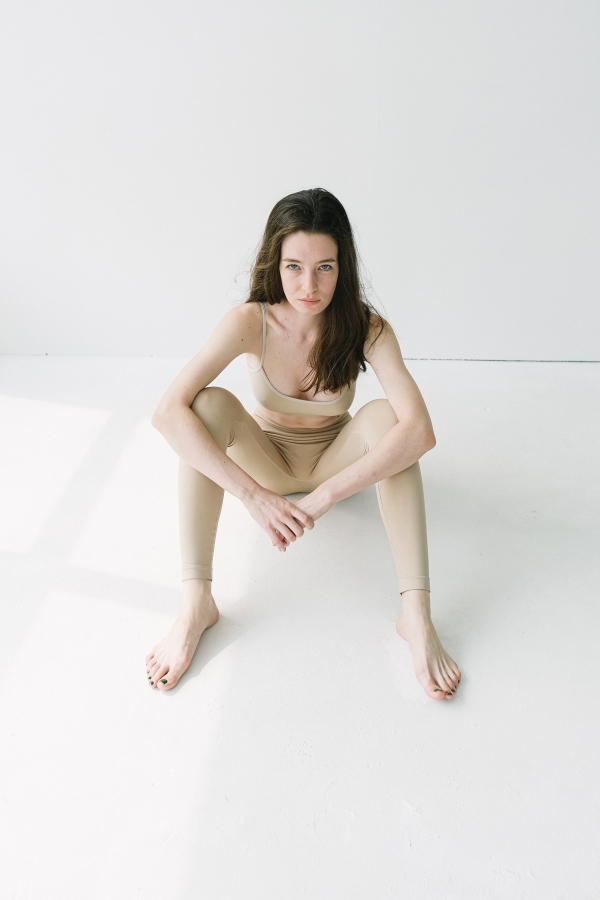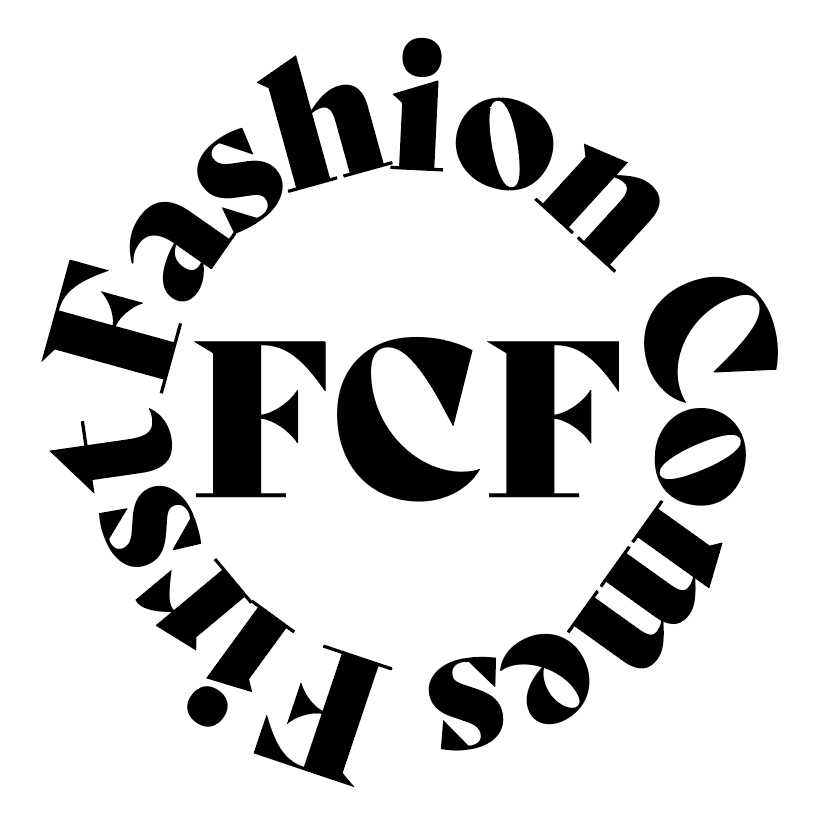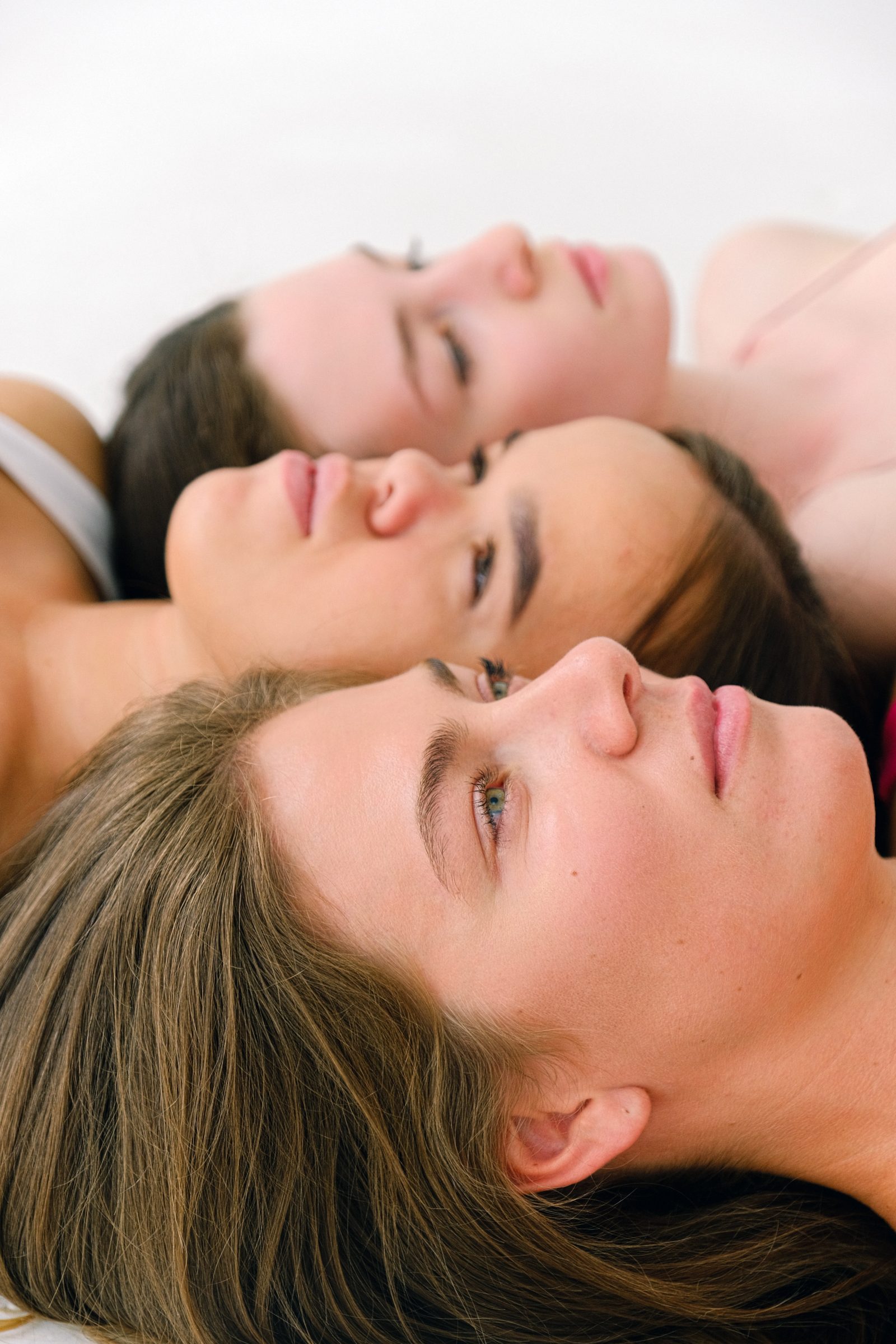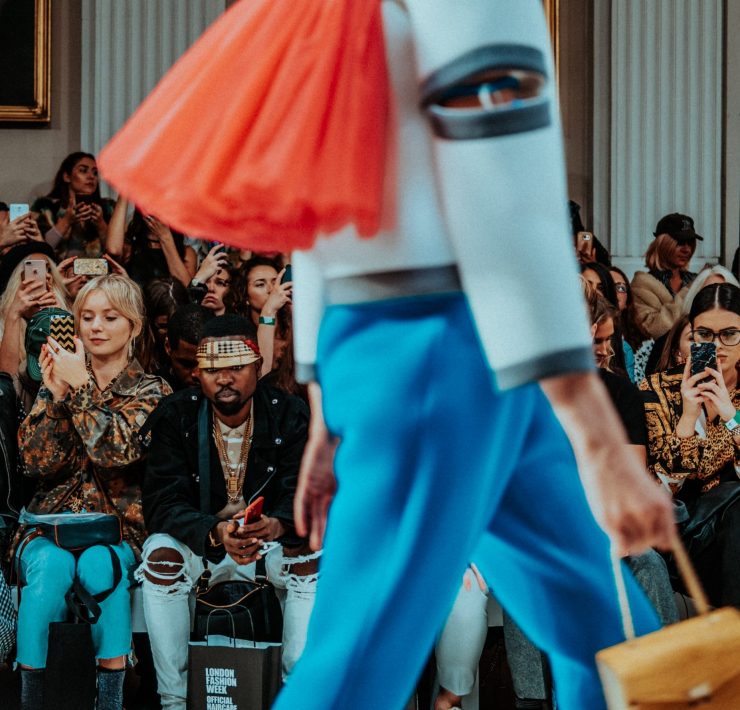If an alien judged the human race through Instagram they would conclude that we all have abs, beautiful hair curvy figures, flawless scarless skin with pink pouty lips and amazing eyelashes.
Beauty ideals have always been something your regular next-door person cannot achieve with their nine to five and after-work chores.
The Trend of Beauty
Having the ideal physical beauty is no less than luck, considering that beauty in itself works the way fashion does. Beauty has its own trend cycles determining the popular body for the upcoming years.
Back in the 2000’s we all wanted slender figures. Women around the globe were bombarded with diets claiming to drop 20 lbs in two weeks. Terminologies like ‘zero figure’ and ‘acceptable numbers in sizes’ were printed in each magazine issue.
Today, even though we see the Y2K trend making a comeback in the fashion scene, the body type wearing these trends is still way more voluptuous than what we have observed two decades ago.

Beauty cycles are not a contemporary concept. The Victorian era had women blocking their breathing with corsets, while ancient China wanted the female feet bound with ropes to keep them small. Women in Myanmar still elongate their necks with brass coils.
While these are some of the extremist measures to reach the ideal standards, more subtle and subliminal conditioning is sent to us through advertisements, print media, and consumer culture.
Marketing in the Beauty Industry
A comprehensive history of the middle eastern countries would educate one about the battle with dark skin. The age-old orthodox mindset gave a pathway to innumerable whitening creams, serums and powders, claiming to make your dusky tone whiter than pearl.
Someone from the colder regions is given the dream of an exotic vacation on their television. The sea breeze and the warm sand make a perfect occasion to bask in a suntan. But oh well, if that is beyond your budget, try this self-tanning cream to trick your friends into believing you came right back from Hawaii.
Beauty standards are deliberately made unattainable to keep feeding customers with a euphoria they will never be able to live without. The profit for the same is garnered with products claiming to do the above statement.
They tell you what your flaws are, and then give you a cream to correct it. We are also taught to be something we’re genetically not.
The Disparities between Ideals
Many may argue about the varied beauty ideals all over the world; that it is more than two to three standards of beauty. Each country definitely does have a standard, the majority of the population is still looking up to the Euro-centric and (Eastern) Asian Beauty ideals.
Western Beauty
Europeans and Americans largely have the same standards set for their women. The current trend is to be curvaceous, with an hourglass figure, tiny waist, yet having a fairly large breast size, and even bigger bottoms. They go after suntans and primarily take inspiration from black culture, which has intermingled quite well except for the constant cultural appropriation issues.
While K-pop rules the Asian lands, it is the Kardashians who make their mark on the west. Kylie’s lips, Kim’s booty and Kris Jenner’s entrepreneurial mindset are all benchmarks women of the west strive to achieve.
Fashion Nova, PrettyLittleThing and similar brands are also known to be advocates of the ‘slim thick’ figure. Such an hourglass body type isn’t achievable except for fortunate genetics or surgery.
The rise of self-love and fitness also gave way to the slim-fit body type, similar to the slim-thick one, but an individual needs to work on their legs to build muscle and achieve the hourglass silhouette. Such a concept seems to be a great motivating factor at first yet delves into toxic hustle culture and orthorexia.
Korean & Asian Beauty
Korea’s obsession with unattainable beauty has given them the influential prowess as its western counterpart. Yet, the two ideals are strikingly different from each other.
An ideal east Asian woman is taught to be docile, kind, gentle and soft-spoken. She is supposed to be innocent and naive (basically a damsel waiting for distress).
Physically, a South Korean woman is supposed to have fair skin equal to that of a caucasian. Her eyes should be round with double eyelids (making them more ‘trustworthy’ to look at), along with a pointy nose and sleek shiny hair. Her body should have the ‘S-curve’, but not be over 50kgs irrespective of her height.
When we think of Asian beauty, we immediately consider the eastern countries of Asia, mainly South Korea and Japan. Asia is a large enough continent to have differences in the genetic structure based on whether they live near the equator or not, and taking just its eastern ideals to represent the largest continent becomes unjust for the many who are not having those genes.
South Asians have succumbed to following what the westerners promote. The British colonies in Asia have greatly been influenced by the comparatively modern outlooks. Many Indian celebrities are turning to plastic surgeries for lip fillers, brow lifts and even skin whitening and laser hair removals.
With the goal being to look as much as a Kardashian as possible, a nation without any beauty ideals of its own can only be a slave to another.
Deadly Diets and BBLs
Fat vs thin debacle. While many Asians might call Kim Kardashian fat, she is worshipped in America and Europe as the ideal Venus of today.
We cannot help but mention the BBL (aka Brazilian Butt Lift) surgery popularised recently over the craze of bigger butts. While the ‘S curve’ in Korea is practically nothing compared to the curves of the west, both have equal damage towards a normal viewer’s self-esteem and physical body.
Japan tops the list having the most number of cases of anorexia nervosa worldwide, South Korea being at the fourth position behind Hong Kong, Singapore, and Taiwan.
The protruding rib cages of many K-pop idols and the cases of fainting during performances are an alert to the restrictive, call it torturing diets celebrities need to go through to maintain their image.
The strict checkmark list of a physical body for an idol in East Asia normalizes mental illnesses such as body dysmorphia leading to eating disorders as well. Kpop star IU was known for her drastic weight loss, thanks to her eponymous diet which included eating two sweet potatoes and a glass of protein shake for the day.

On the other side of the globe, 5% of the US female population has been diagnosed with anorexia.
Waist trainers and green teas promoted by Kim Kardashian claim to give you the hourglass figure she has, knowing fairly well that even Kim K herself couldn’t have achieved that figure without being under the knife. To this day, Kylie and Kim deny having plastic surgery in order to bait innocent teens and young women into buying the products they sponsor.
A victim of such a tactic is bound to fail and be disheartened with the results nowhere to be seen, leading to an unhealthy relationship of many individuals with their own bodies.
The rise of the big booty trend in the west convinced many young females to go through the BBL (Brazilian Butt Lift) surgery. Wanting to get it done at a budgeted price, people opted for the surgery in third-world countries. The surgery is known to have the most number of deaths so far, thus tagged as a fatal cosmetic procedure.
Normalisation of Plastic Surgery and Editing
It is inevitable to assess beauty standards without mentioning the infamous Kardashians. Notoriously known for morphing their images to the point it doesn’t look even like their real selves, they constantly feed us an ideal deemed to be unachievable.
The recent Khloe Kardashian scandal, which caused havoc within her social media team to remove the unfiltered photos of the celebrity from the internet, sparked a debate within enthusiasts.
Many considered that the accident would have been a great statement if her team wouldn’t have gone after removing the images, foreseeing a possibility of self-love through the natural way your body looks.
The situation above questions the reliability of visuals. Considering the number of images we are bombarded with every second of the day, how many of them are truly natural? How many of them have no retouching whatsoever and are showing their true lives?
With influencers opening up about a ‘little’ face-tuning and retouching of their photos, the positive movement turned to a narcissistic one, boasting how it is normal to morph yourself into something you are not. This normalization has led to many people identifying themselves as their retouched, filtered photographs, and in turn deny to recognize the one in the mirror, makeup-free.
What can be the Resolution?
Recent TikToks with Gen Z showing their true skin up close with the tag “Reminder that Social Media is Fake” is a small starting catalyst for a bigger, better change.
I love body positive tik tok comps so much like YES! Everyone is beautiful! Love urself
— panko☯︎︎ (@MikaylaPanko) June 27, 2020
We as humans also need a reminder that it is one thing to make an effort to look good, and another to make an effort to look like someone else.
As long as we are not accepting of beauty inclusive of cellulite, sizes, body hair, stretch marks, fat rolls, small breasts and much more, we cannot include everyone as the standard of beauty.













